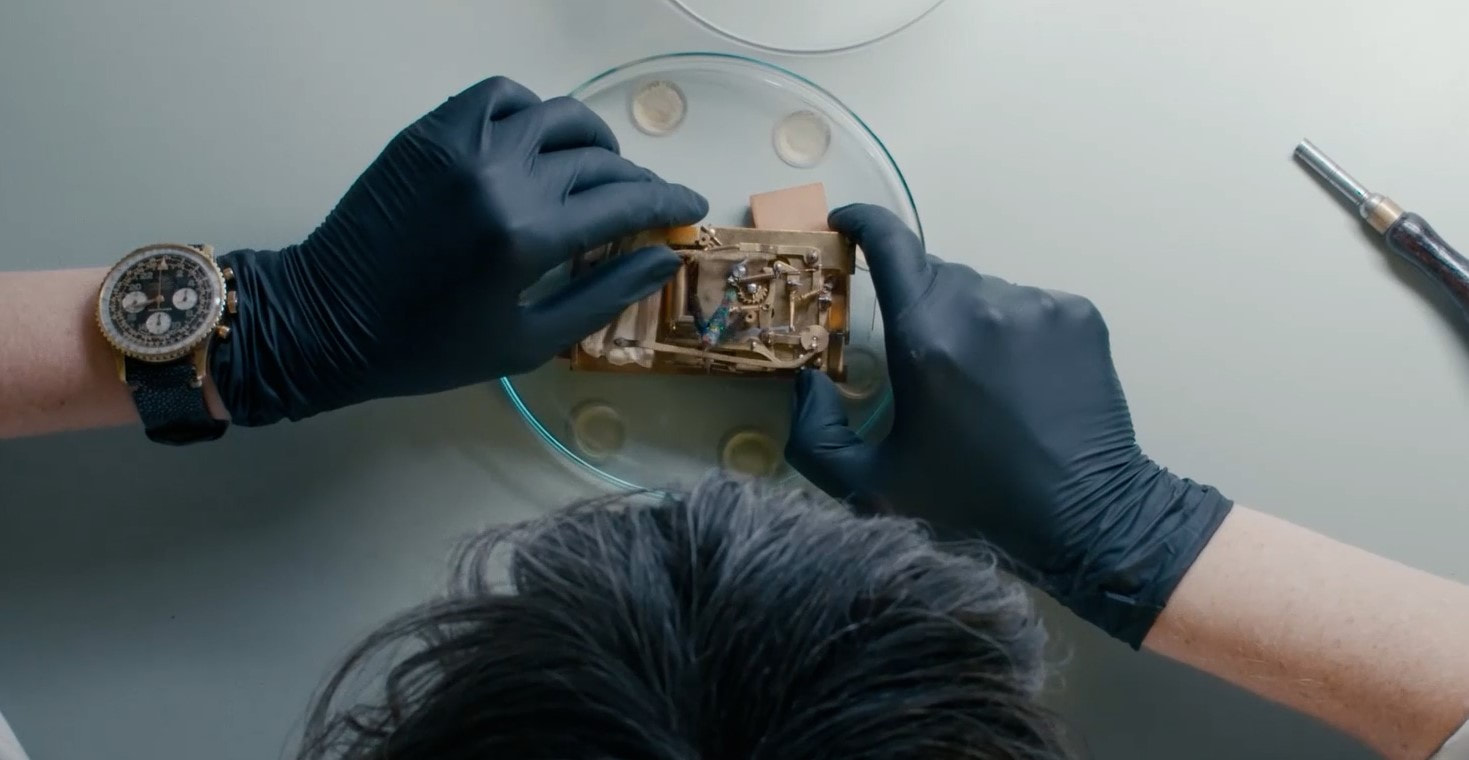|
A still from "Making Time" (2023) Time is precious. It’s the one thing that we can’t make more of, no matter how many regretful pleas or wistful wishes. But we can harness time by how we use it. The way we spend our days is one of the truest reflections of who we are and what we’ve been through. For the subjects of “Making Time,” directed by Liz Unna, time is the ultimate measure of human beings. The documentary follows five horologists who design and create exquisite watches using ancient and modern practices. Each subject has a unique perspective on how they got into the world of watchmaking; whether through a personal epiphany, grief after losing a loved one, or a lifelong interest in the craftsmanship. Their experiences help indicate their designs, from imaginative and modern to antique. Told through glimpses of their life stories, the film presents the beauty and the philosophy that watches carry for them.
While the role of horology plays an intriguing part in many people’s lives, Unna barely scratches the surface of what makes her subjects tick. The film moves at a glacial pace and yet feels rushed in its exploration of otherwise prominent themes. Erratic editing disrupts you from forming strong connections to the horologists beyond their philosophical statements. Frequent dramatizations, sentimental music, and cutaways to tiny gears often evoke the feeling of watching one long commercial. Contrary to its title, the documentary makes little time for delving into the subjects’ interior lives enough to make a lasting impression. “Making Time” features the timepieces of watchmaker Ludovic Ballouard, independent watch brand founder Max Busser, antique horologist Nico Cox, hand-made watchmaker Philippe Dufour, and watch designer/actor Aldis Hodge (known for his screen roles including 2020’s “One Night in Miami…” and 2022’s “Black Adam”). The film spends a shaky amount of time with each person, without establishing a strong enough foundation to return to. After each encounter with the subjects and in listening to their perspectives, you are left wanting more insight into why they are so fascinated by and drawn to the world of watchmaking. While admirable in not over-using the “floating heads” approach, which so typically characterizes how documentaries are structured, the non-linear direction undercuts the intrigue of the subjects. The film presents their stories often through narration, rather than spending more intimate time with them directly. By jumping from one limiting presence to another, a plethora of interesting ideas and topics of discussion get lost. We are all constantly in motion. Even on days spent doing nothing at all, time passes us by. One of the more intriguing ideas “Making Time” presents is that each subject themselves is a measure of time. The film becomes a question of how the subjects’ life choices — driven by everything from fear and regret to joy and love — is connected to their work. Through timekeeping, they can’t help but engage in all the formative moments of their lives and how they have spent their time thus far. One subject, Max Busser, recalls his strained relationship with his late father, and the regret of them not having shared strong communication skills. The pain of that regret has led Busser to completely reframe his way of living and follow the pursuits that bring him greater inner joy. The nature of this material prompts you to confront your own place in life, as well as all the dreams you may have abandoned out of fear, social conformity, and more realistically a lack of resources. The art and science of measuring time is fascinating on its own accord. From hourglasses and clock towers, to timers and wristwatches, timekeeping has taken on various forms of precision that point to different ways of life. Some horologists have maintained antique handcrafted practices, while others are engaged in modernized instruments. Each are united by making something with the purpose of outlasting them. You could look at a watch and recognize not only all the time that has passed, but the future of how we measure time. The subjects of “Making Time” evoke various threads of conversation in retrospect, but the film falls short in maximizing their perspectives on both a narrative and visual level. The lack of focus in direction leads to an underwhelming final scene with parting words that feel out of place. While “Making Time” is full of potential, the approach is too concentrated on how the documentary will come across and lets the subjects dictate the direction to the point of repetitively stated self-philosophies.
0 Comments
Leave a Reply. |
Archives
June 2024
Categories |


 RSS Feed
RSS Feed